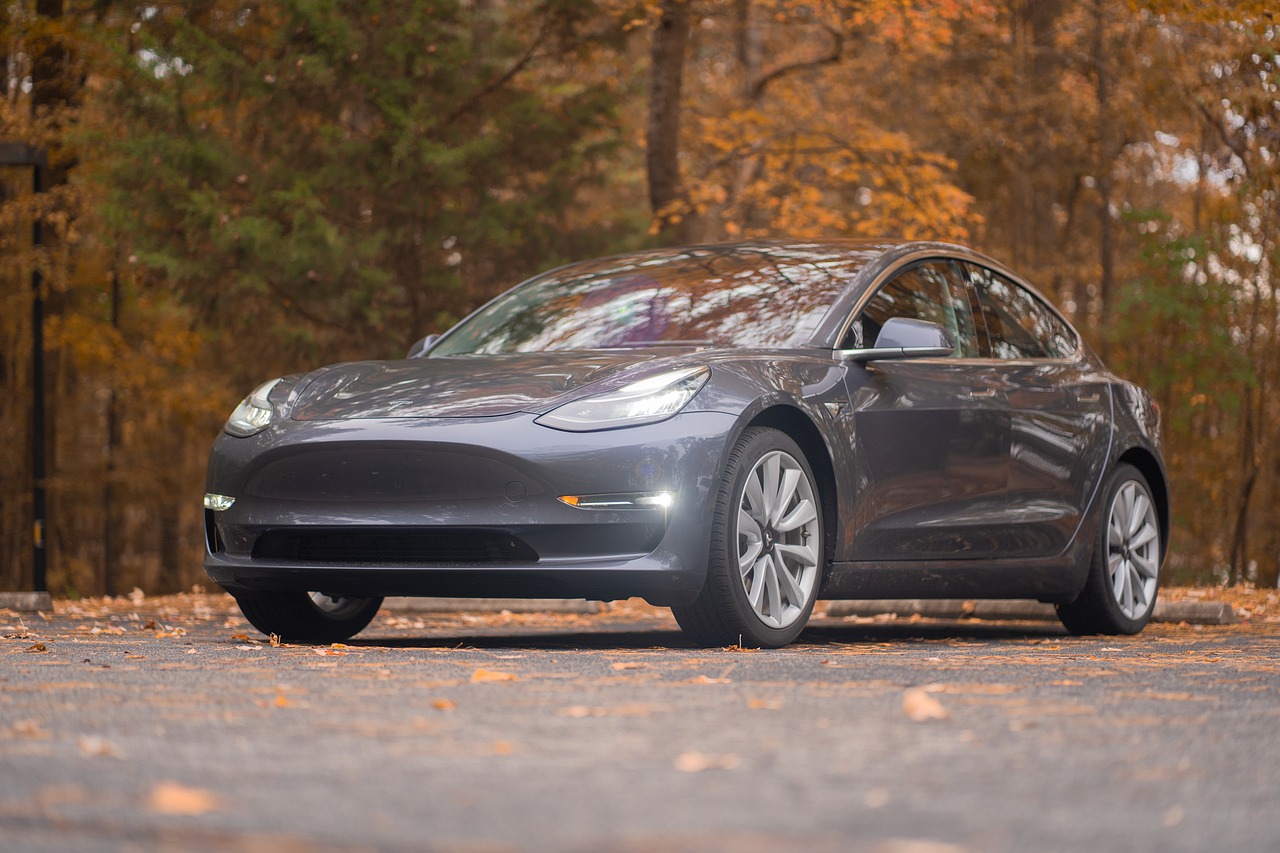With a net income attributable to shareholders of $2.3 billion this past quarter and a total of $5.5 billion in 2021, Tesla has not only surpassed analysts’ expectations but also reached the end of a decade-long journey towards real profitability and getting out of the red on its own terms. As our chart shows, the road to this goal wasn’t without its bumps.
In 2020, for example, Elon Musk’s company for the first time managed to generate net income instead of loss. This indicated an increased interest in battery electric vehicle adoption around the world after its models S and X released in 2012 and 2015, respectively, didn’t generate much revenue for the car manufacturer. Taking a closer look at the 2020 earnings of $721 million reveals that the automaker still needed a leg up to turn a profit though. Without the sale of regulatory credits valued at roughly $1.6 billion, the company would again have accrued a loss. 2021 is a different story though: Even though carbon credits still amounted to about $1.5 billion in the past year, an 87 percent spike in vehicle delivery, a reduction of cost per model and a stellar year at the stock exchange enabled Tesla to reach a 25 percent gross profit margin.
While Tesla might have won over investors by crossing the finishing line in their race to profitability, there’s still ample room for criticizing the company, be it Elon Musk’s haphazard social media presence and cult-like following influencing the stock market, reselling defective units in the U.S., Europe and China and the less than promising future of the self-driving features of its cars. Whether these issues will damage the company’s reputation in the long remains to be seen.
You will find more infographics at Statista
Ask me anything
Explore related questions






